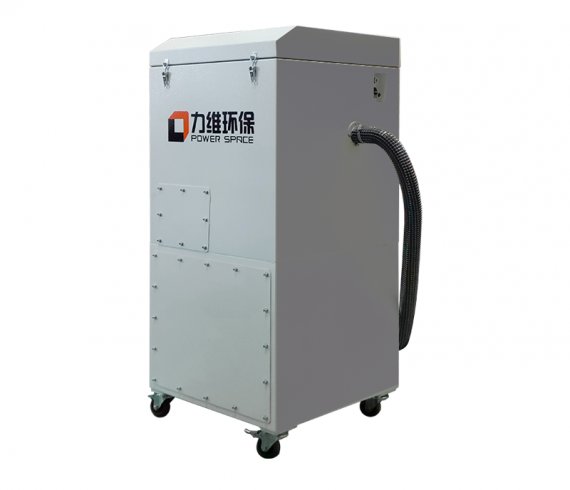News
Power Space tailor-made dust removal plan for you
The guide of central fume extraction system
Central fume extraction systems are designed to remove harmful fumes, gases, and dust from industrial workspaces, ensuring a safe and healthy environment for employees. Here is a guide to understanding and implementing a central fume extraction system:
What is central fume extraction system
Definition: A central fume extraction system is a network of ducts, fans, and filters that captures and removes contaminants from the air in a workspace. The main machine usually is placed in the outdoors,and the pipes connect the workshop and main machine.
Benefits: Improves air quality, reduces health risks, and complies with occupational health and safety regulations.

Design Considerations of fume extraction system
Workplace Analysis: Identify the types and sources of contaminants.
Airflow Requirements: Calculate the volume of air to be moved and the system’s capacity.
Ductwork Layout: Plan the route and size of ducts for efficient airflow.
Filter Selection: Choose the appropriate type of filter based on the contaminants.
Noise and Vibration: Consider the impact on the workplace and neighboring areas.

How to Installat the fume extraction system
Hiring Professionals: Engage qualified technicians and engineers for design and installation.
Permits and Regulations: Ensure compliance with local building codes and environmental regulations.
Installation Process: Follow the design plan, including ductwork, fan placement, and filter installation.
Fume Extraction System Maintenance
Regular Inspections: Check for leaks, damage, and proper functioning of components.
Filter Replacement: Replace or clean filters as needed to maintain efficiency.
System Cleaning: Clean ductwork and other components to prevent buildup of contaminants.
Service Records: Keep a log of maintenance activities for compliance and future reference.

Safety and Operation
Training: Educate employees on the system’s operation and safety protocols.
Signage: Use signs to indicate the presence of a fume extraction system and its operational status.
Emergency Procedures: Have a plan in place for system malfunctions or power outages.
The cost-benefit analysis of Fume Extraction System
Initial Investment: Calculate the total cost of purchasing, installing, and maintaining the welding fume extraction system. This includes equipment costs, transportation fees, installation costs, and potential training expenses.
Operating Costs: Consider the energy consumption, replacement of consumables (such as filters), regular maintenance, and potential repair costs required for daily operation.
Health and Safety Benefits: Assess the potential reduction in health risks and related medical expenses for workers due to decreased exposure to harmful fumes. Moreover, improving the work environment may increase employee productivity and morale.
Compliance: Check whether the system meets local regulations and standards to avoid fines or other legal issues resulting from non-compliance.
Productivity Efficiency: Investigate whether there is evidence to suggest that a cleaner work environment can increase worker efficiency and product quality.
Brand Image and Social Responsibility: Consider the impact of implementing such a system on brand image and public perception, especially in companies that prioritize social responsibility.
Long-term Savings: Over time, assess the potential savings resulting from reduced downtime and increased productivity.
Environmental Impact: Evaluate the system’s role in reducing environmental pollution, which is particularly important for companies pursuing sustainable development.
Quote today, get your workshop dust removal solution from Power Space!









